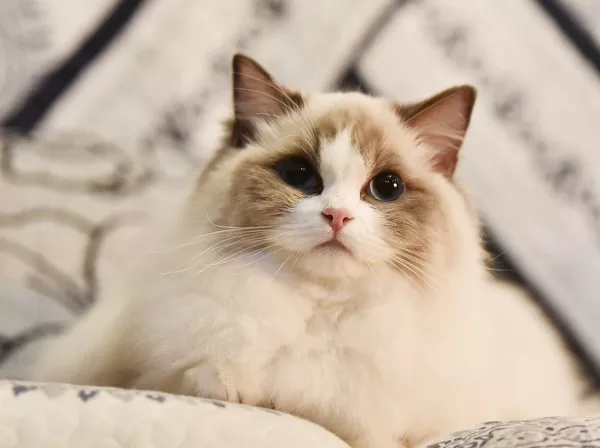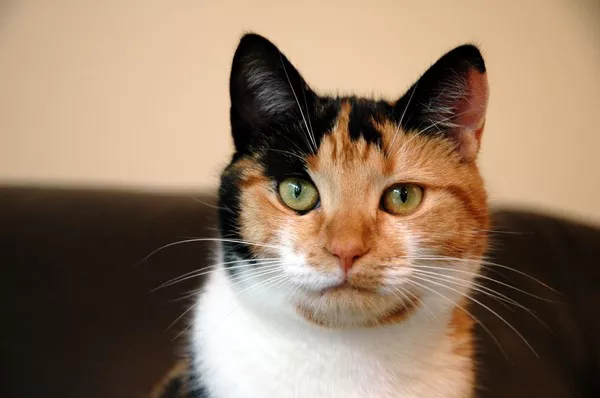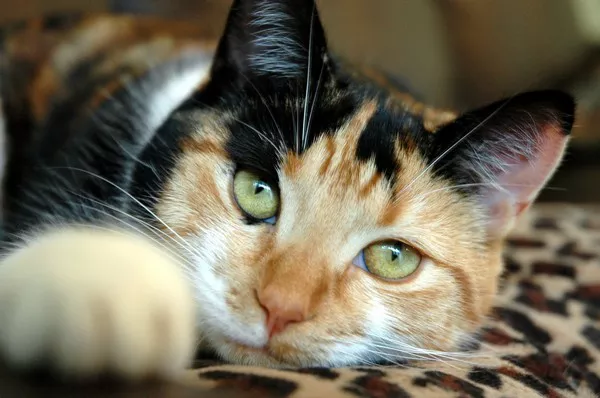Cats are renowned for their meticulous grooming habits, often spending a significant portion of their day engaged in self-cleaning rituals. While this behavior is a natural and instinctive part of feline hygiene, cat owners may find themselves curious about a specific aspect of their cat’s grooming routine – the act of cleaning themselves after being touched. In this comprehensive exploration, we delve into the intriguing reasons behind why cats clean themselves after human contact, shedding light on the physiological, behavioral, and evolutionary factors that contribute to this feline phenomenon.
Understanding Feline Grooming Behavior
Before unraveling the mystery of why cats clean themselves after touching, it’s essential to grasp the broader context of feline grooming behavior. Grooming is an integral aspect of a cat’s daily routine, serving several crucial purposes:
Hygiene Maintenance: Cats are meticulous about cleanliness, and grooming helps them keep their fur free from dirt, debris, and parasites. Licking is an effective method for removing these unwanted elements.
Temperature Regulation: Grooming plays a role in temperature regulation for cats. The saliva on their fur evaporates, providing a cooling effect, while the process of licking can stimulate blood flow, aiding in both cooling and warming, depending on the environmental conditions.
Social Bonding: Mutual grooming, or allogrooming, is a social behavior observed among cats. It strengthens social bonds within a group, often seen in cats living in the same household or colony.
Stress Reduction: Grooming serves as a stress-relieving activity for cats. In stressful situations, such as encountering unfamiliar scents or environments, cats may increase their grooming behavior to cope with anxiety.
Now, let’s delve into the specific phenomenon of cats cleaning themselves after being touched by humans.
The Human Touch and Cat Grooming
While each cat is unique, several reasons contribute to the behavior of cats grooming themselves after human contact:
Scent Masking and Familiarization: Cats have a highly developed sense of smell, and they use scent as a means of communication. When a cat is touched by a human, especially if the human has a distinct scent from other animals or environments, the cat may groom itself to mask the foreign scent and restore familiarity.
Territory Marking: Cats have scent glands located on various parts of their bodies, including their faces, paws, and tails. When a cat is touched, it may engage in grooming as a way of redistributing its own scent over the area that was touched. This serves as a form of territory marking and helps the cat feel more secure in its environment.
Discomfort or Overstimulation: Some cats may groom themselves after being touched as a response to discomfort or overstimulation. If the touch was perceived as invasive or if the cat feels overwhelmed, grooming can be a self-soothing mechanism to cope with the stress or discomfort.
Positive Reinforcement: Cats are observant animals and learn from their interactions. If a cat receives positive reinforcement, such as treats, affection, or play, after being touched, it may associate grooming with positive experiences. This can lead to a cat grooming itself as a response to the rewarding nature of the interaction.
Maintaining Personal Space: Cats value their personal space, and grooming after being touched may be a way for a cat to re-establish its personal boundaries. It allows the cat to regain a sense of control over its own body and territory.
Imitating Maternal Behavior: Kittens learn grooming behavior from their mothers during the early stages of life. If a cat has a strong maternal instinct or is particularly bonded with its human caretaker, it may exhibit grooming behavior as a way of reciprocating the care it received during kittenhood.
Itchy or Uncomfortable Sensations: Human touch may sometimes trigger sensations that make a cat feel itchy or uncomfortable. Grooming provides a way for the cat to address these sensations and maintain comfort.
Responding to Cat Grooming Behavior
Understanding why cats groom themselves after human contact can enhance the bond between a cat and its owner. Here are some tips for responding to and fostering positive grooming behavior in your cat:
Observe Your Cat’s Comfort Level: Pay attention to your cat’s body language and vocalizations during and after petting. If your cat seems content, purring, and relaxed, it’s likely enjoying the interaction. If signs of stress or discomfort are evident, give your cat space.
Offer Positive Reinforcement: If your cat grooms itself after positive interactions, reinforce this behavior by providing treats, gentle praise, or additional playtime. Positive associations can strengthen the bond between you and your cat.
Respect Personal Space: Cats appreciate having their personal space respected. If your cat shows signs of wanting to be alone or signals discomfort during petting, allow it the freedom to retreat.
Use Familiar Scents: To minimize potential discomfort related to unfamiliar scents, try using a familiar-scented item, such as a blanket or piece of clothing, when interacting with your cat. This can create a more comforting experience for your feline friend.
Regular Grooming Sessions: Establish a routine of regular grooming sessions for your cat. This can include brushing your cat’s fur to reduce shedding and matting. Gradual desensitization to grooming tools can make these sessions enjoyable for your cat.
Consult a Veterinarian if Necessary: If your cat exhibits excessive grooming behavior, especially if it leads to hair loss or skin irritation, consult with a veterinarian. Excessive grooming can sometimes be a sign of underlying health issues or allergies.
Conclusion
The act of cats grooming themselves after being touched by humans is a fascinating aspect of feline behavior. It reflects the intricate ways in which cats communicate, adapt to their environment, and navigate social interactions. By understanding the reasons behind this behavior and responding with sensitivity and positive reinforcement, cat owners can strengthen the bond with their feline companions and create a harmonious living environment for both parties.


























